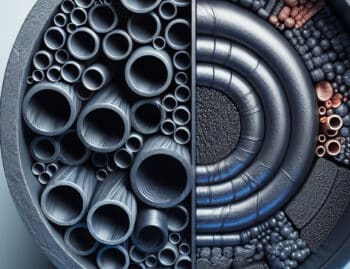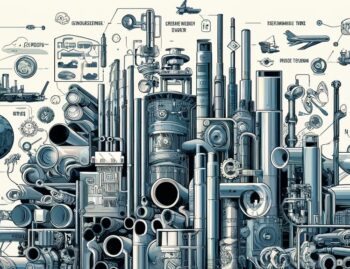
Nucor will be building the first wind-powered US steel mill plant, expected to open in Sedalia, Missouri. This plant is part of a partnership between Nucor and Evergy through a 75-megawatt power purchase agreement.
The purpose of this plant will be to melt recycled scrap into rebar for construction. With an opening date towards the end of 2019, officials expect to employ more than 250 people.
Why It’s a Big Deal
Steel is one of the most climate-friendly materials in construction due to the fact that you can recycle it. Yet, the steel industry contributes 6-7% of greenhouse gas emissions through its energy use and reliance on fossil fuels.
According to World Steel Production, the steel industry already meets sustainability efforts in a number of ways. Recycling, use of co-products, and energy efficiency ensure this. By using wind power as a main energy source, steel producers can ensure sustainable measures from beginning to end of the steel lifecycle.
Given an expected population increase to 8.6 billion by the year 2030, there is a need to increase steel production for construction.
What You Should Know
Even with wind power as the main source of energy, the plant will rely on electricity provided by fossil fuel as well. Like solar energy, wind power is an intermittent source of energy. The base load depends upon the effectiveness of energy storage and distribution.
While access to wind power was part of the decision for the plant location, proximity to scrap steel and end-users was too. Kansas and Nebraska were two wind “rich” states that stakeholders considered. Moreover, Nucor sought a long-term fixed competitive electric rate to ensure the economic success of the plant. This is how they finalized the location.
Future of Wind-Powered Facilities
In other news, EVRAZ North America, another steel producer, plans to partner with Xcel Energy Inc. Their plans involve providing 240 MW of solar power to its Pueblo plant as the first solar-powered steel plant.
Honda also plans to cover 60 percent of its electricity usage for US manufacturing plants through a combination of solar and wind energy. While the steel industry contributes 6-7% of greenhouse emissions, industry sourced emissions produce 22% emissions according to the EPA.
The goal for US Steel in November is to lower global greenhouse gas emissions by 20% by the year 2030. Also, the World Steel Association, which represents more than 80% of global steel production, launched the Step Up program. This program aims to move toward a carbon-neutral steel economy
Given that energy producers do not design base load plants for peak demands, the public should expect similar partnerships in the future as part of the transition to a green energy economy. Nevertheless, natural gas, which has replaced coal for electricity production, will continue to face pressure from wind, solar, and energy storage technologies.











